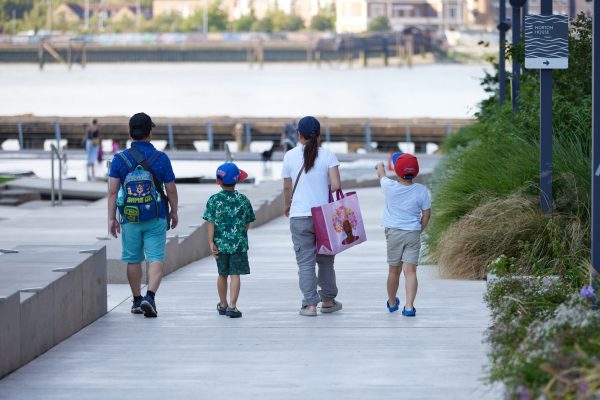What will town centres need by 2050?
Reimagining Town Centres: Evolving for the Future of Communities
Town centres, once the heart of social, commercial, and cultural life, are now facing significant challenges. As online shopping has grown and housing developments expand on the outskirts of many towns, the need for town centres to evolve has never been more pressing.
But what can be done to ensure that these spaces remain relevant and vibrant for future generations?
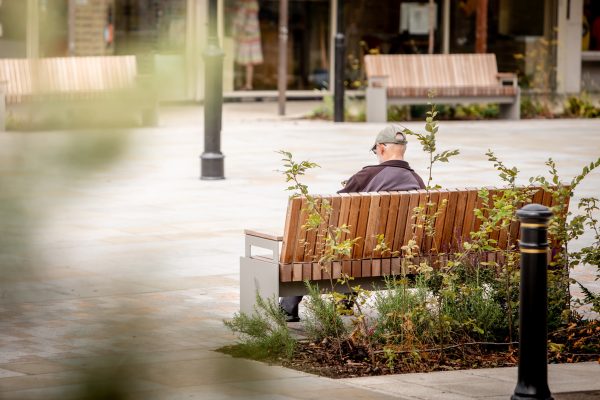
Looking Back to Move Forward
Historically, towns were built around geographical features that provided safe crossing points or abundant resources. Over time, they evolved to support commerce, education, culture, and healthcare. These centres were lively hubs, teeming with activity that fostered a sense of community. I think back to the town I grew up in, where I spent hours on the High Street, walking to school, socialising with friends, and going to the cinema. Back then, the town centre was a place where people gathered—not just to shop, but to interact.
Today, that same High Street is filled with coffee shops, charity shops, hairdressers, and vacant units. The shops I knew are gone, and the commercial anchor of retail no longer serves its original purpose. The rapid growth of online retail has rendered these spaces less essential for traditional shopping, highlighting the need for change. Yet, while the town has seen an increase in housing, there has been little improvement in the quality of the town centre itself—key amenities such as schools and healthcare services remain unchanged, struggling to meet the needs of a growing population.

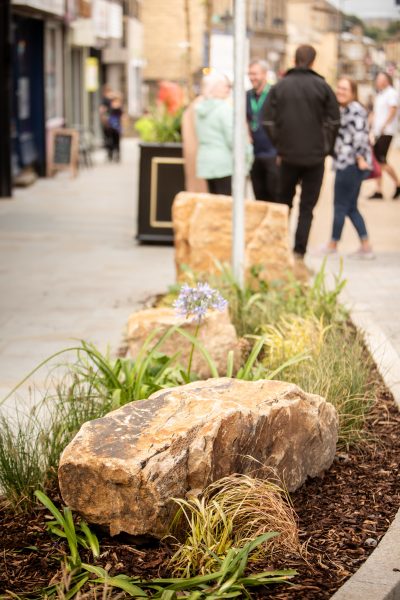
Adapting Town Centres for Modern Needs
To create thriving town centres, we must rethink the role they play in our daily lives. It’s clear that simply replicating the traditional model of retail and commerce is no longer viable.
The 21st-century town centre should be an activity-based community gathering place, where social interactions replace financial transactions. Towns must evolve into diverse, sustainable spaces that focus on people, not just buildings.
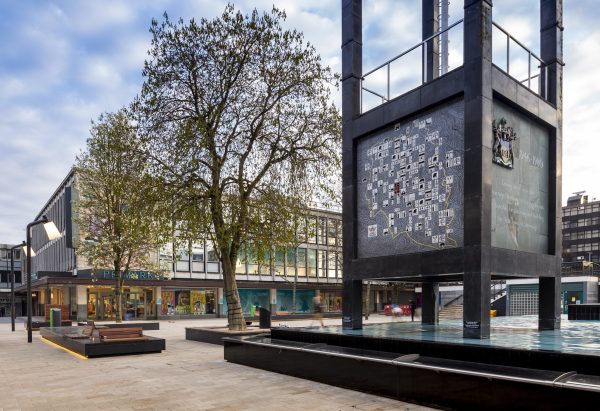
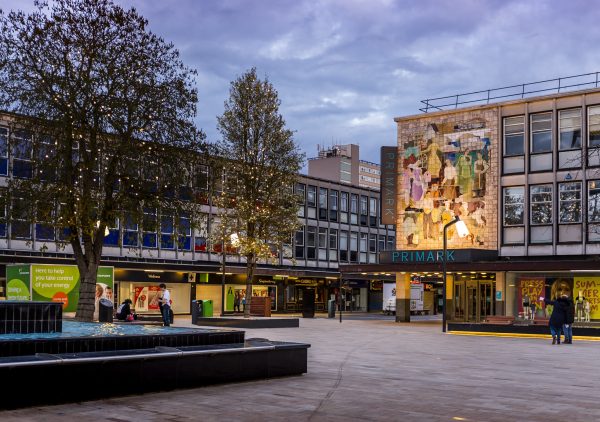
Diverse Uses for Vibrant Centres
A successful modern town centre must incorporate a variety of uses:
- Residential: Mixed-tenure housing, including affordable homes, should be integrated with community-focused spaces.
- Healthcare and Education: Centres should provide healthcare services and educational facilities, from higher education to vocational training and innovation hubs.
- Commercial Spaces: Town centres must cater to co-working spaces, start-ups, and local businesses, alongside large corporates, tech industries, and life sciences.
- Retail: While large retail brands will still play a part, the focus must shift to experiences—markets, pop-up shops, and creative spaces. Retail should complement, not dominate, the town centre.
- Leisure and Hospitality: More than just restaurants and cafes, town centres should offer gyms, sport facilities, and spaces for children’s activities, contributing to a thriving night-time economy.
- Cultural Spaces: Town centres must support cultural events, street performances, food festivals, and art installations, reinforcing their role as community hubs.
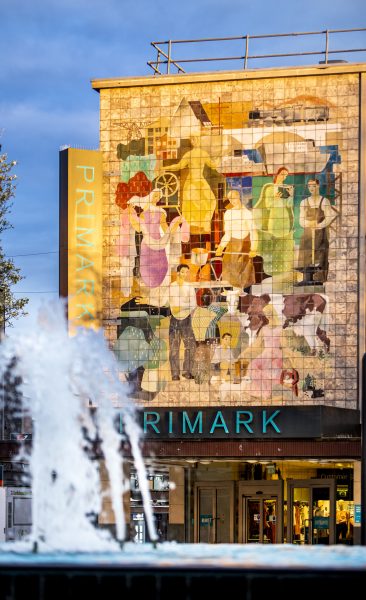
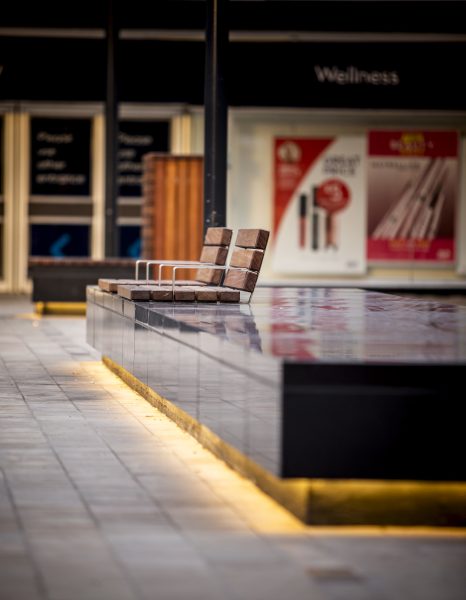
Sustainability and Adaptability
Sustainability must be at the core of any regeneration strategy. Adaptive reuse of existing buildings, focusing on energy efficiency and net-zero developments, should be prioritised.
Flexibility in design is also key—town centres need to be able to adapt to changing needs, accommodating both short-term solutions and long-term growth.
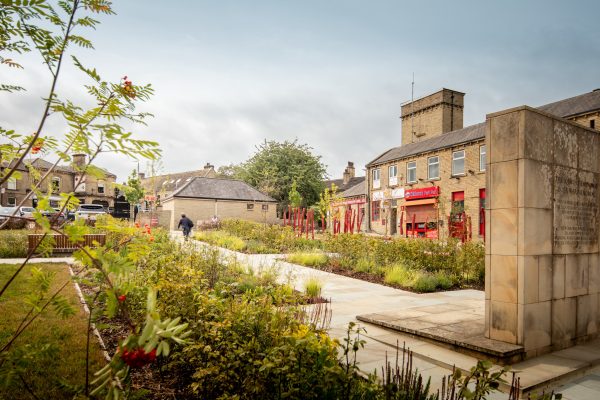
A People-Centric Approach
Ultimately, town centres must be built with people in mind. Community-led initiatives should shape these spaces, ensuring they respond to local needs. Preserving local culture, history, and traditions while creating inclusive, pedestrian-focused areas is essential.
Green spaces, public plazas, and leisure facilities should invite residents to spend time in their town centres, creating a stronger sense of place and connection.
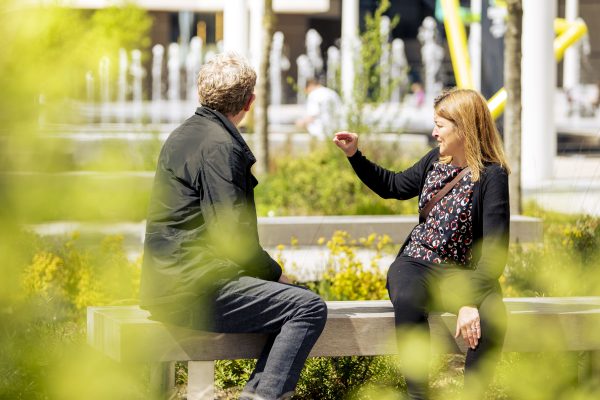
Supporting Town Centres Through Policy
Government policy and strategy can play a crucial role in supporting the evolution of town centres. Measures such as incentives for adaptive reuse of buildings, reducing business rates, and promoting meanwhile uses in vacant spaces can help regenerate struggling areas. There is also potential in permitting development around office-to-residential conversions, provided this doesn’t erode the character of town centres.
As housing growth accelerates, commercial spaces must evolve to cater to a range of needs, from co-working hubs to healthcare facilities, while offering flexible and scalable options for businesses of all sizes. Town centres must also encourage diversity, from family homes to later-living accommodation, creating communities that cater to all ages.
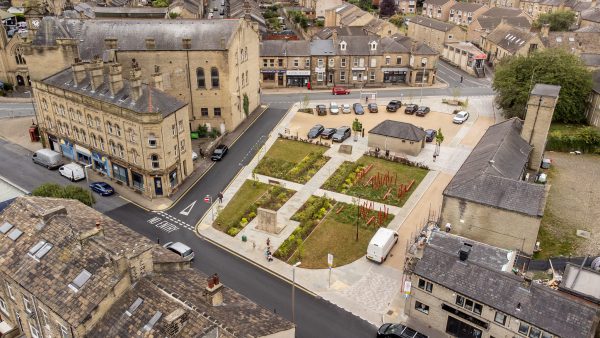
The Future of Town Centres
In the coming years, town centres will remain vital to the economic and social well-being of local communities. However, their future success will depend on adaptability, sustainability, and the ability to foster genuine social connections.
When we consider the future of town centres, we must look beyond retail and towards creating spaces where people can truly connect, grow, and thrive. Town centres must become the heart of our communities, embracing diversity, heritage, and social well-being for generations to come.
